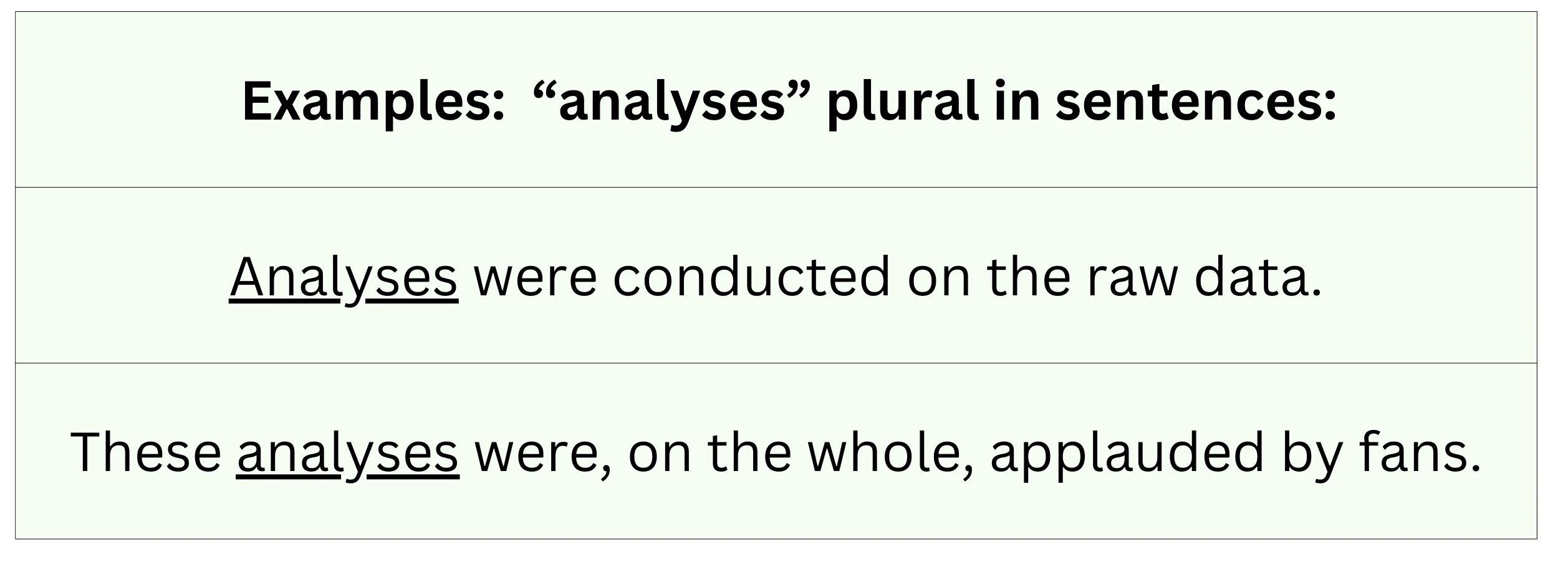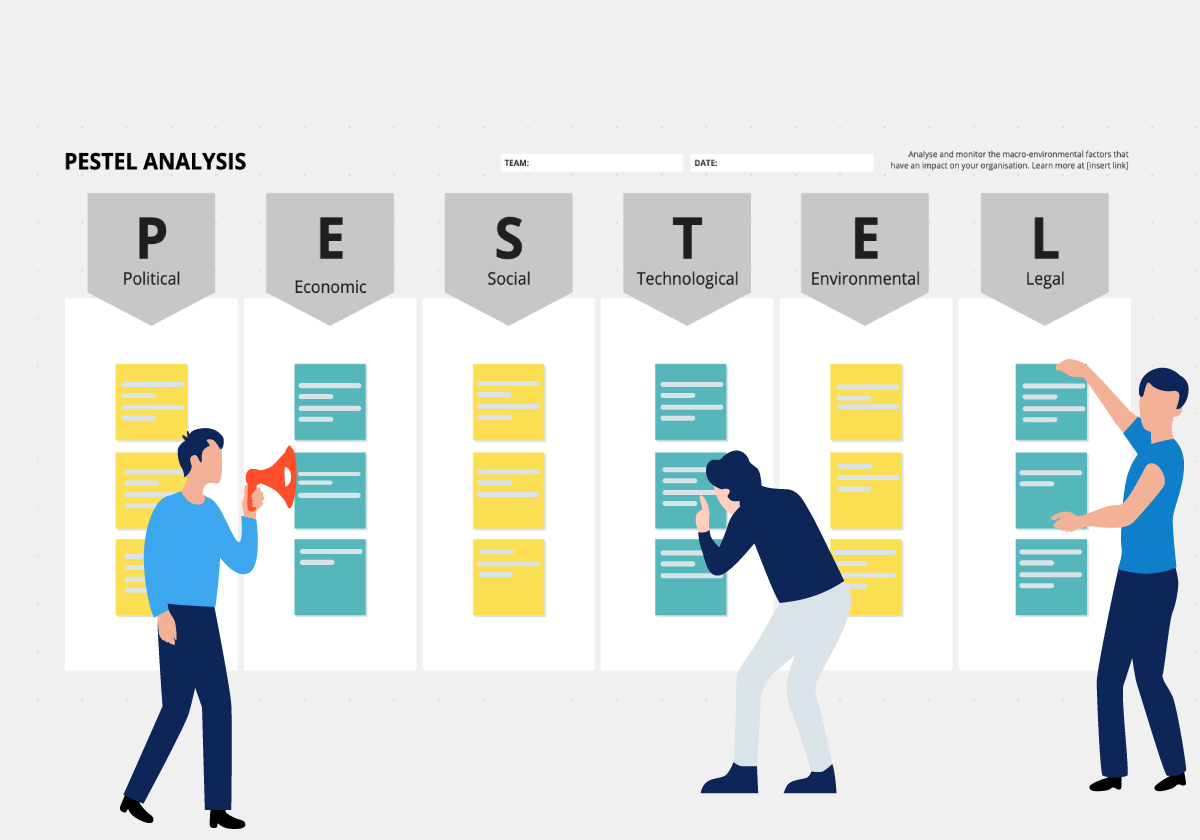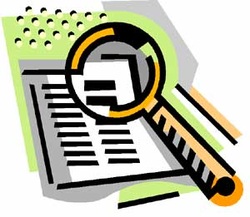Selecting the Right Analyses for Your Data: Quantitative, Qualitative, and Mixed Methods
Por um escritor misterioso
Descrição
What are the most effective methods to code and analyze data for a particular study? This thoughtful and engaging book reviews the selection criteria for coding and analyzing any set of data—whether qualitative, quantitative, mixed, or visual. The authors systematically explain when to use verbal, numerical, graphic, or combined codes, and when to use qualitative, quantitative, graphic, or mixed-methods modes of analysis.
What are the most effective methods to code and analyze data for a particular study? This thoughtful and engaging book reviews the selection criteria for coding and analyzing any set of data—whether qualitative, quantitative, mixed, or visual. The authors systematically explain when to use verbal, numerical, graphic, or combined codes, and when to use qualitative, quantitative, graphic, or mixed-methods modes of analysis. Chapters on each topic are organized so that researchers can read them sequentially or can easily “flip and find” answers to specific questions. Nontechnical discussions of cutting-edge approaches—illustrated with real-world examples—emphasize how to choose (rather than how to implement) the various analyses. The book shows how using the right analysis methods leads to more justifiable conclusions and more persuasive presentations of research results.
What are the most effective methods to code and analyze data for a particular study? This thoughtful and engaging book reviews the selection criteria for coding and analyzing any set of data—whether qualitative, quantitative, mixed, or visual. The authors systematically explain when to use verbal, numerical, graphic, or combined codes, and when to use qualitative, quantitative, graphic, or mixed-methods modes of analysis. Chapters on each topic are organized so that researchers can read them sequentially or can easily “flip and find” answers to specific questions. Nontechnical discussions of cutting-edge approaches—illustrated with real-world examples—emphasize how to choose (rather than how to implement) the various analyses. The book shows how using the right analysis methods leads to more justifiable conclusions and more persuasive presentations of research results.

Research Methodology, Definition, Techniques & Examples - Video & Lesson Transcript
img007.JPG

Qualitative vs. Quantitative Data: What's the Difference? And Why They're So Valuable
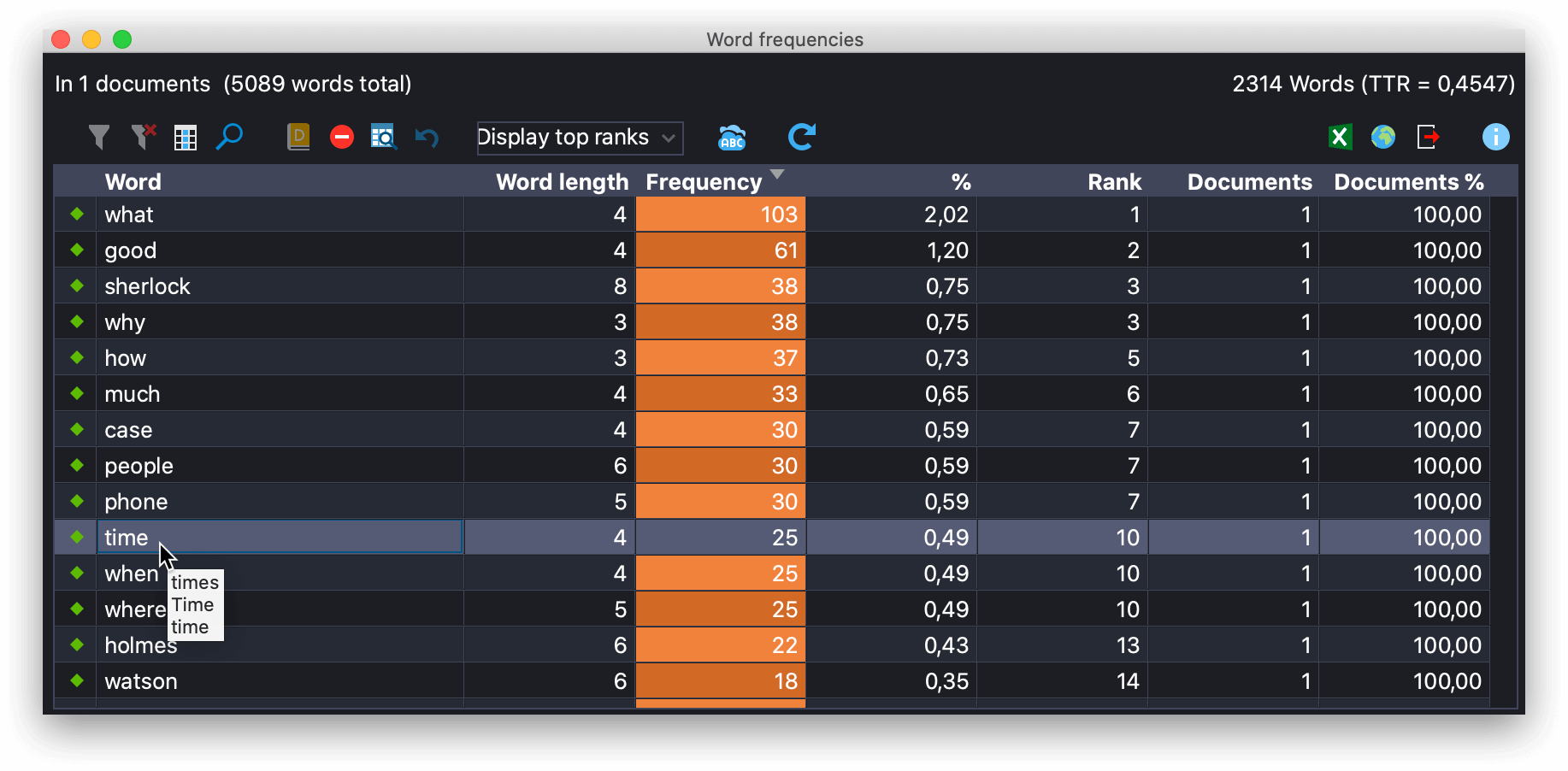
8 Great Tools To Perform Qualitative Data Analysis in 2022

Meta-analysis - Wikipedia

Determining the balance of quantitative and qualitative data: The use of Mixed Methods

Qualitative vs. Quantitative Data: What's the Difference?

The planning and reporting of mixed methods studies on the built environment and health - ScienceDirect

What is Mixed-Method Research? [+ Examples & Benefits]

A Simplified, Mixed Methods Roadmap: How to Marry Quant + Qual for…
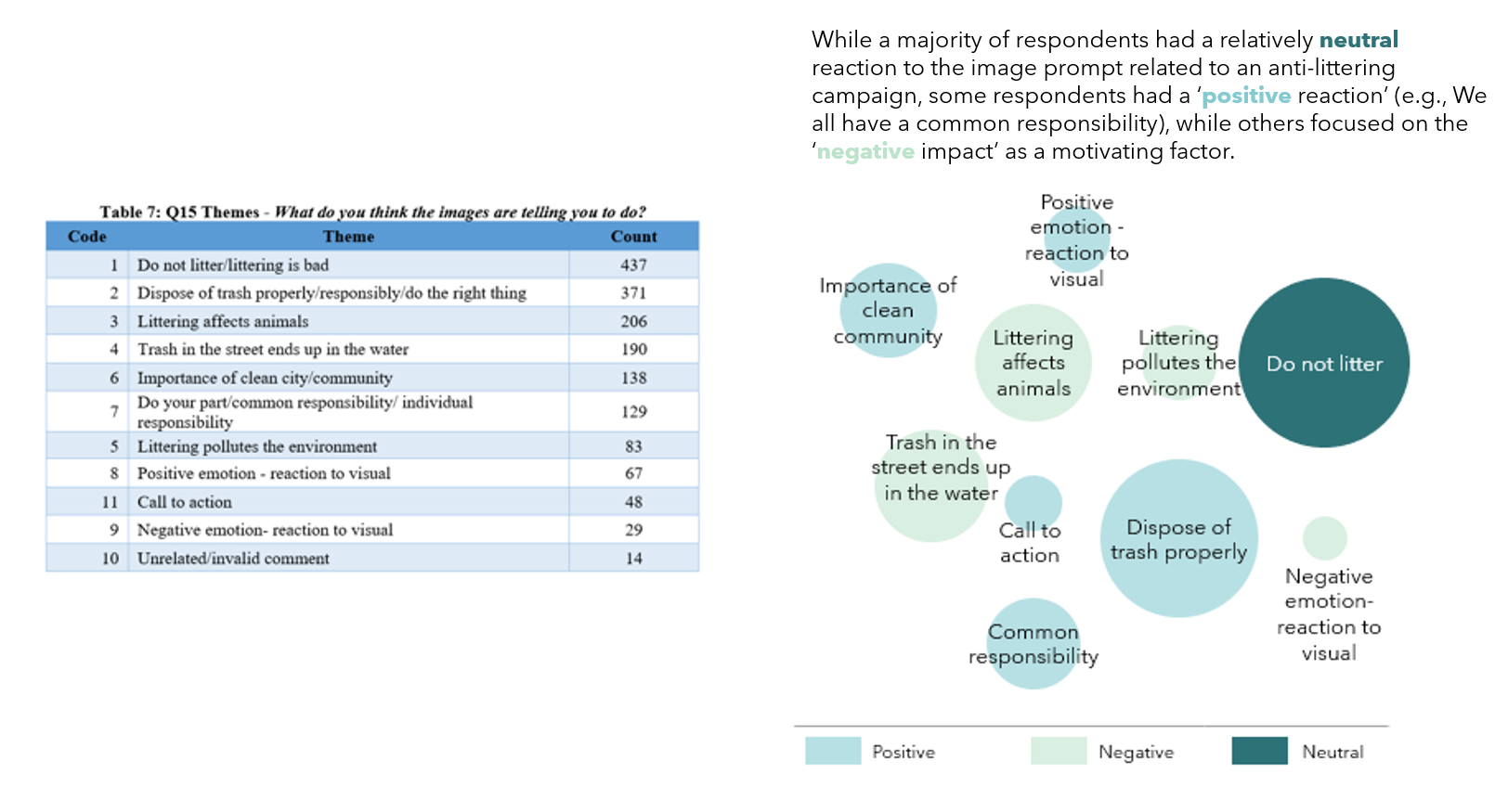
What to Do With All Those Open-Ended Responses? Data Visualization Techniques for Survey Researchers
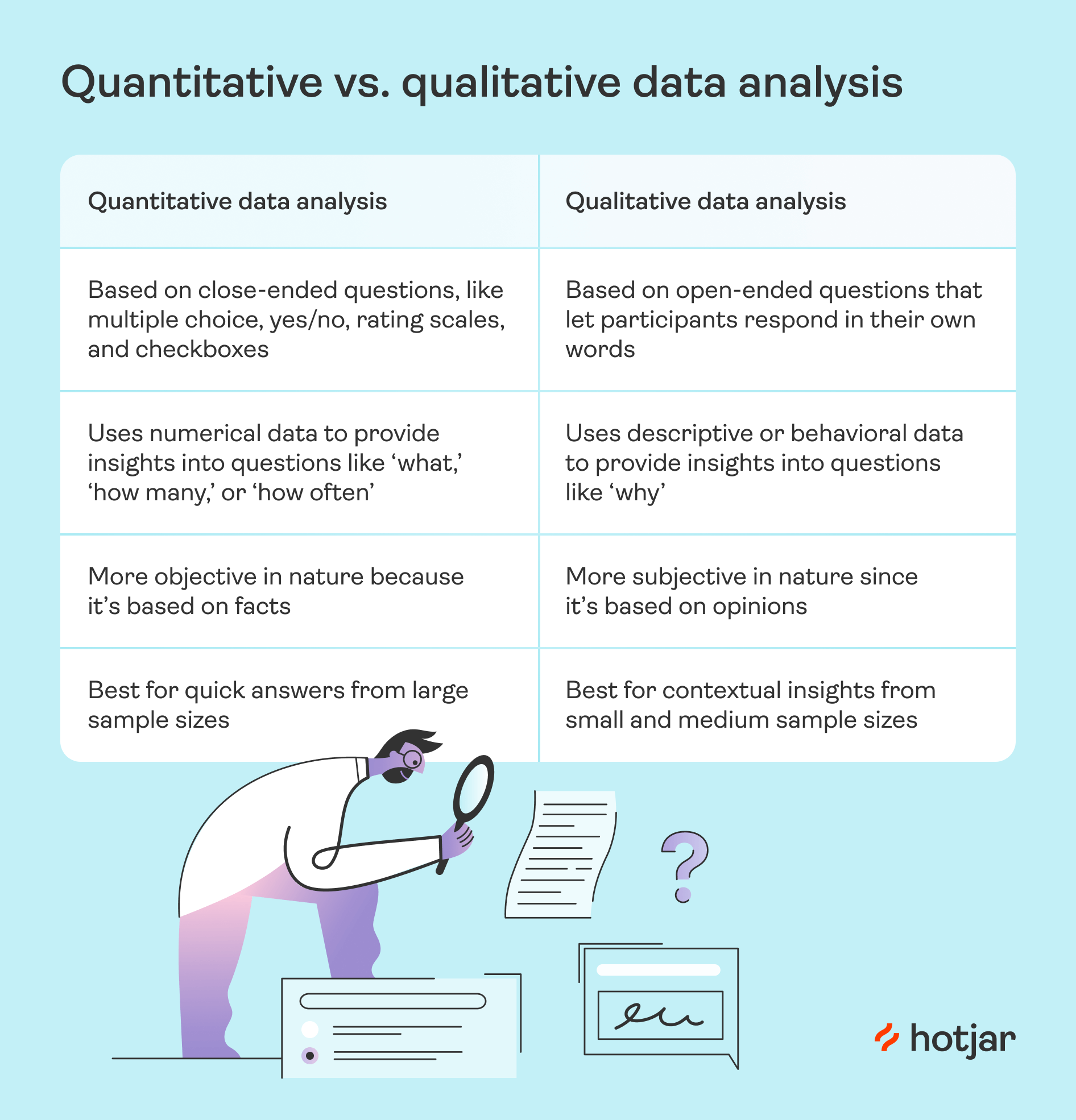
Quantitative Data Analysis: A Complete Guide

Using Joint Display as an Analytic Process: An Illustration Using Bar Graphs Joint Displays From a Mixed Methods Study of How Beliefs Shape Secondary School Teachers' Use of Technology - Tashane K.
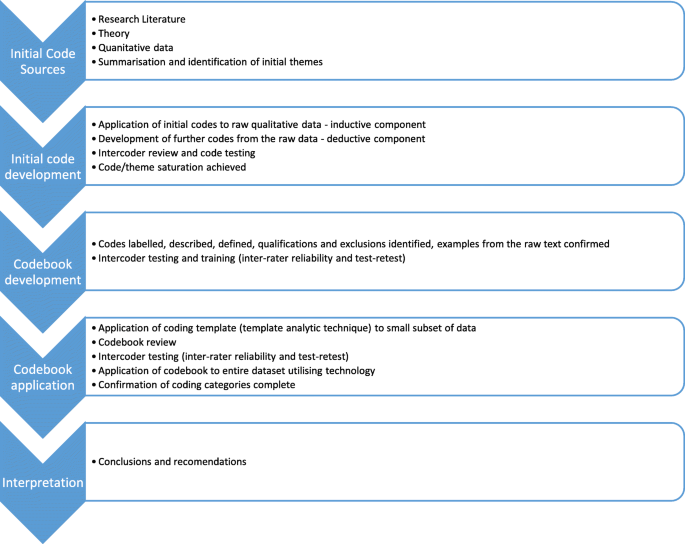
Attempting rigour and replicability in thematic analysis of qualitative research data; a case study of codebook development, BMC Medical Research Methodology

Psychosocial support interventions to improve treatment outcomes for people living with tuberculosis: a mixed methods systematic review and meta- analysis - eClinicalMedicine
de
por adulto (o preço varia de acordo com o tamanho do grupo)
